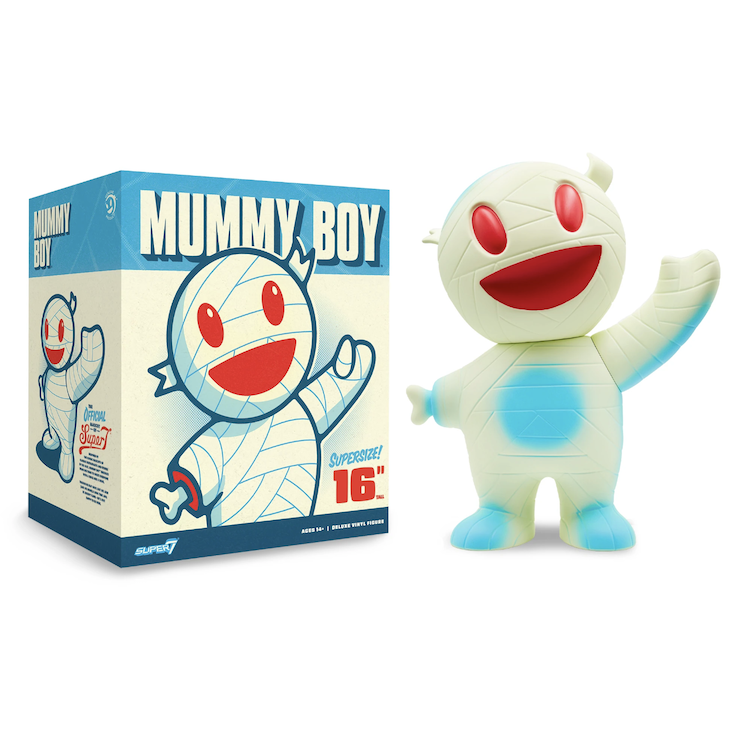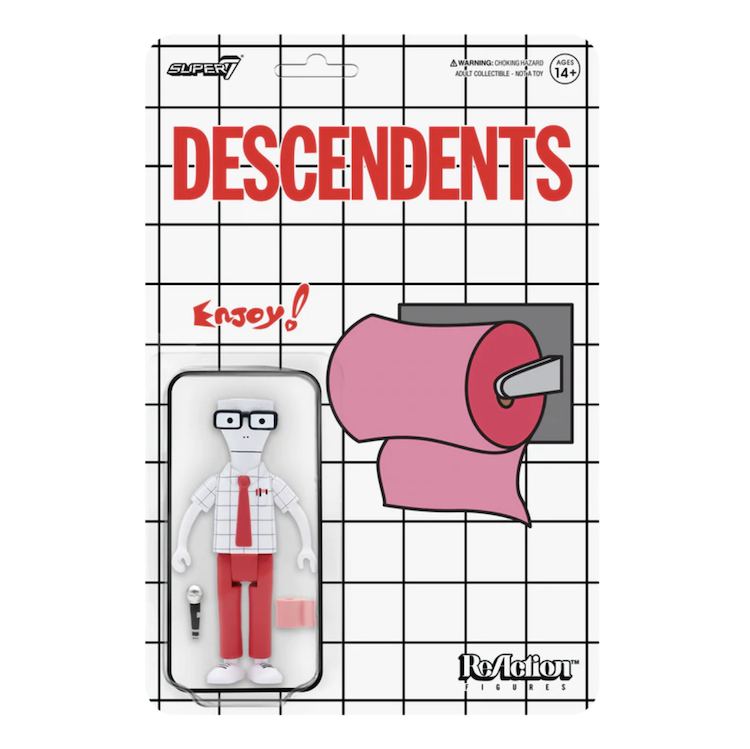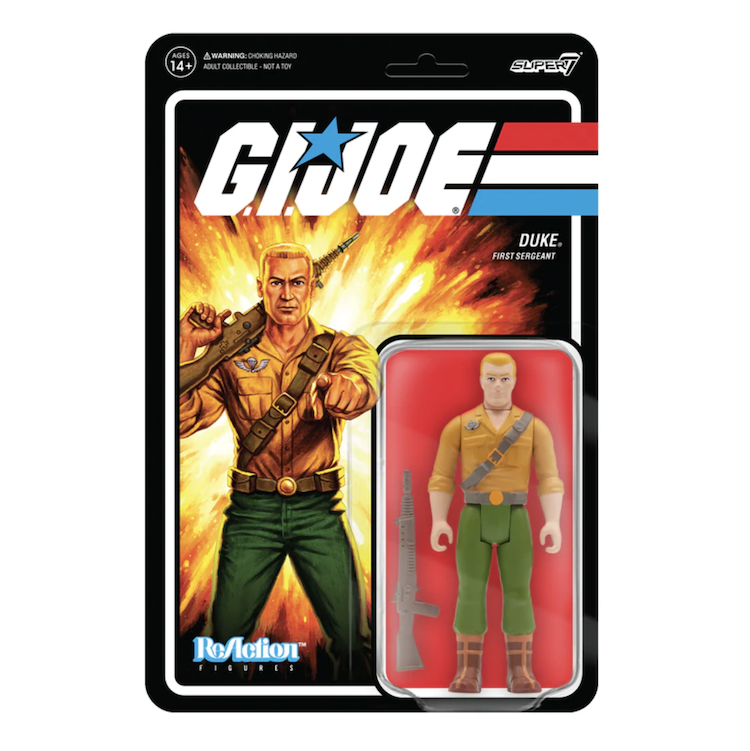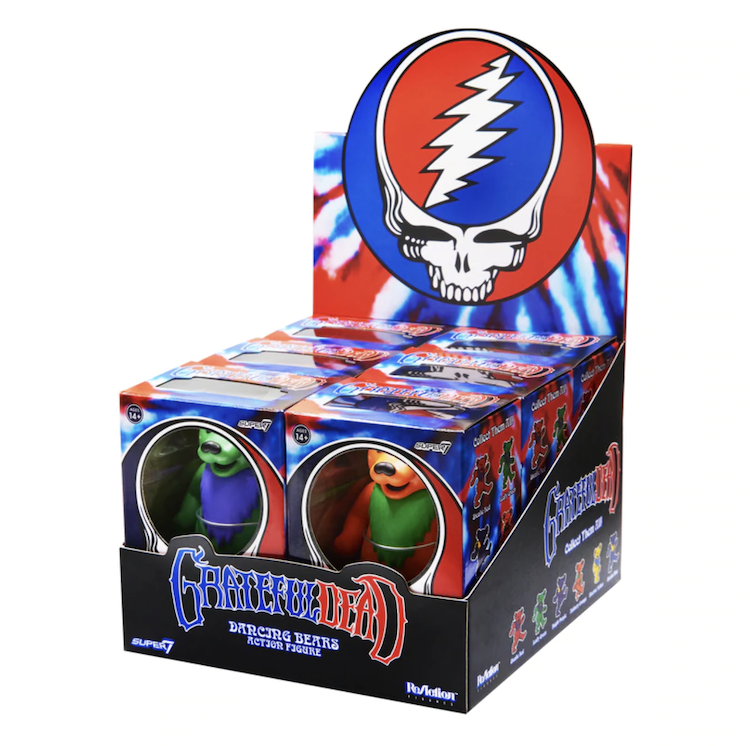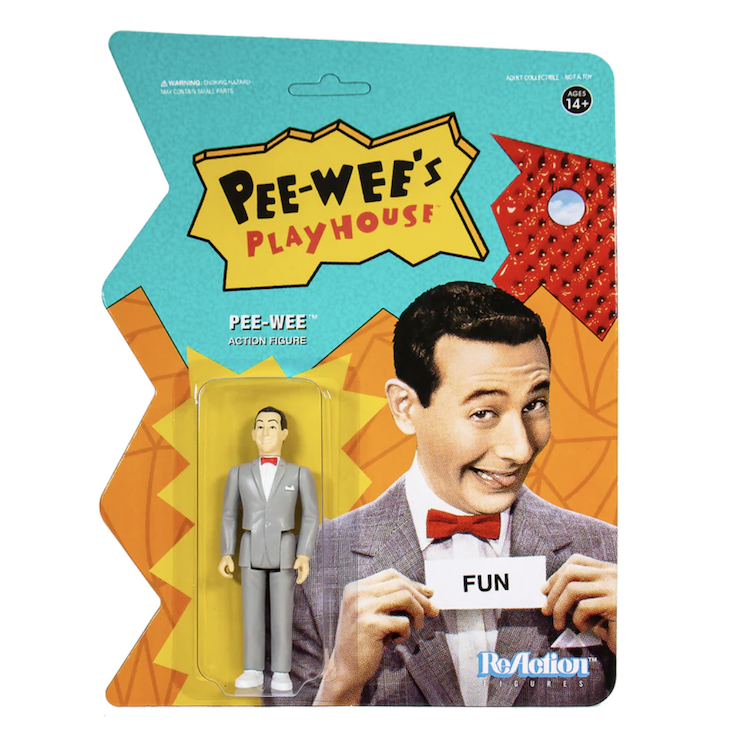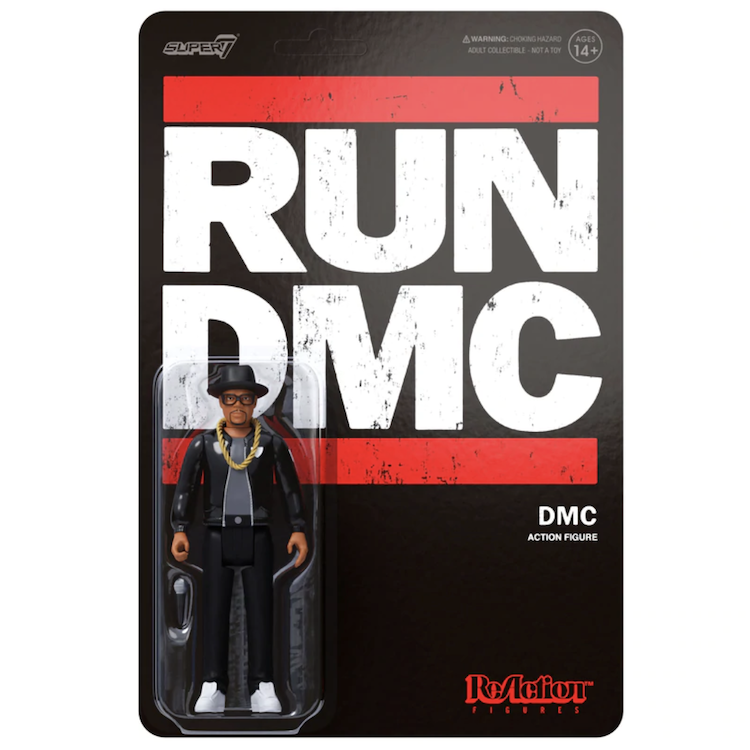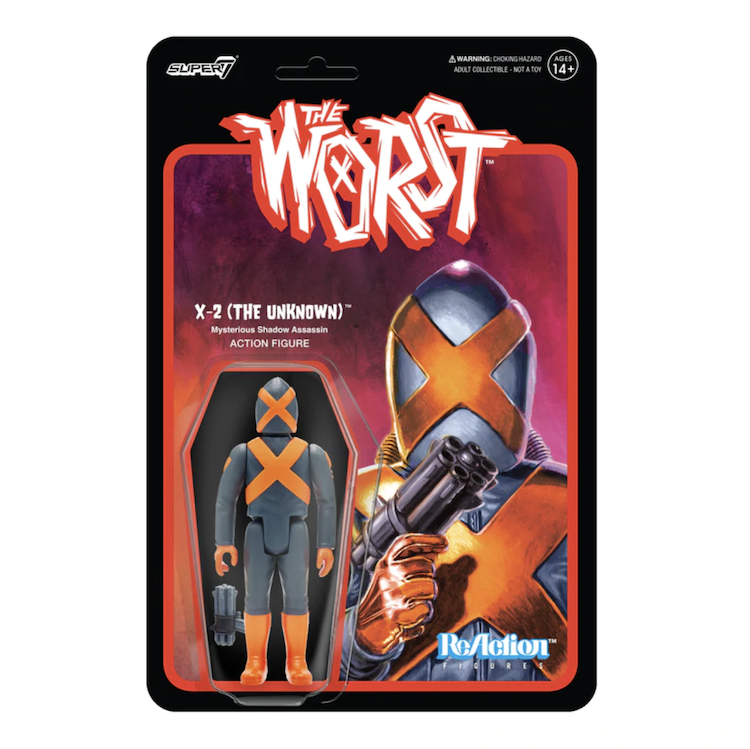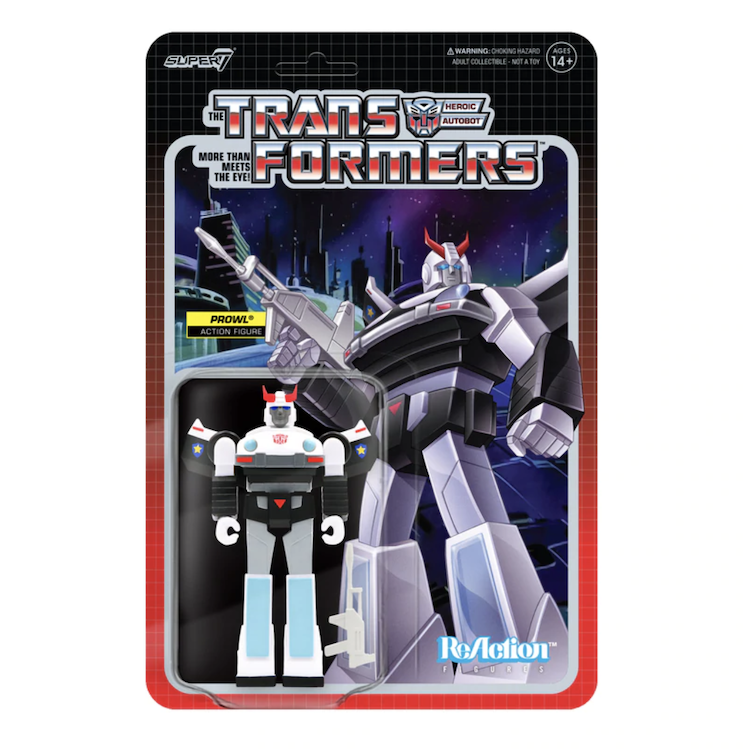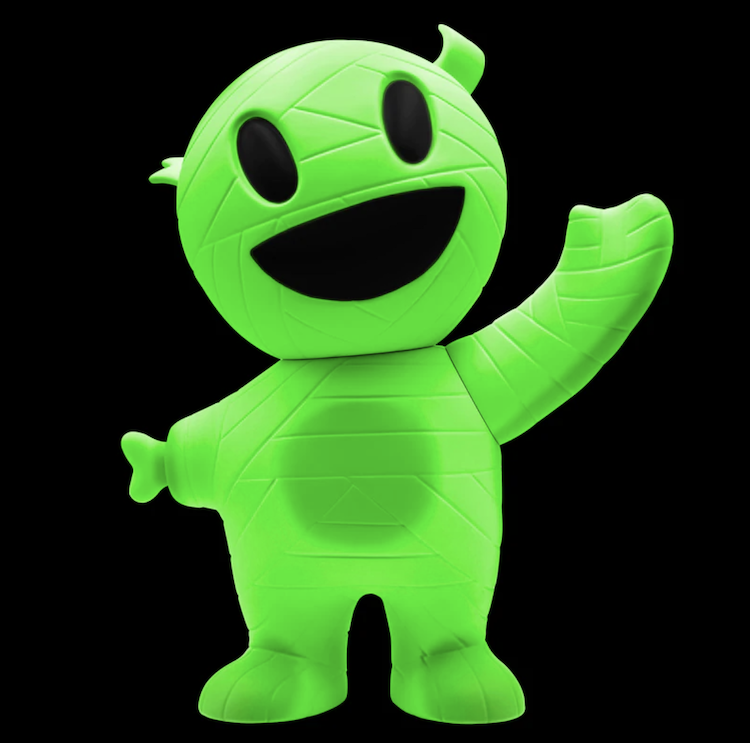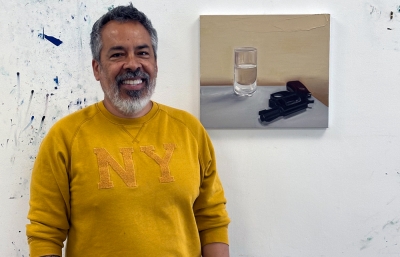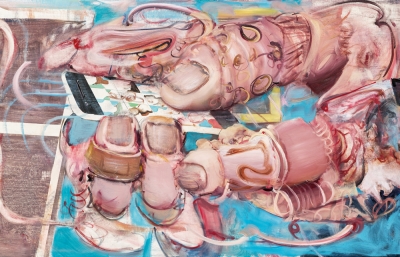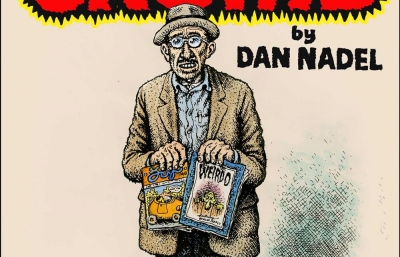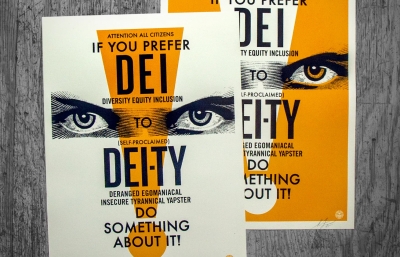The other day I was scrolling through Instagram and saw some cool Teenage Mutant Ninja Turtle toys. Those are totally radical, I thought, and I looked to see who made them. It was Super7, a collector toy and apparel company based out of SF. Brian Flynn, the owner, is a friend of a friend, and I’ve always wanted to pick his brain. That same day, I got an email from Evan Pricco (the editor of this fine magazine you’re currently holding) letting me know my column was due in a week. Seemed like a perfect time to hit up Brian at Super7 and kick back a six-pack of questions. Cowabunga, dudes.
Michael Sieben: How did you learn about toy design and manufacturing?
Brian Flynn: I learned everything through trial and error. While technically I think there are toy-design schools you can go to, I just started making the things I wanted to have, and over time, I became the guy who knows how to make toys.
I’ve always wondered, so, to your knowledge, who was the first contemporary artist to have a toy made of their work?
The first art toy, in my mind, is the resin Unkle77 figure made by MoWax [James Lavelle] and Futura2000 as a promotional item for the Psyence Fiction album. Right around the exact same time in Japan, Hikaru from Bounty Hunter made the Skull-Kun, and Take-Shit made the Fink-Shit figure as a promotional item for his band, Cocobat. In Japan, those figures came out within weeks of each other. I kind of think of those as the first three—then followed by the Hong Kong 12” guys like Eric Lau and Michael So, and then James Jarvis and Kaws. All of this was happening in 1998-1999.
It seemed like the art toy market was somewhat oversaturated back in the early 2000s. Do you think it’s currently at a healthier or more sustainable place?I don’t think it’s necessarily been oversaturated, but rather there are fewer customers than there are people with ideas. I think we have come to a point where a lot of the people buying art toys are also making them. That makes it hard to sell anything in large quantities, so most everything bought now is artist direct; but the people who buy them love them.
What’s your advice for an artist who wants to make toys of their characters?
More than anything, it is to make the thing you want to have, not what you think other people want, or to be like someone else. If it fails and you have 100 of these toys in your basement, you should still be psyched you made it, not bummed that you made something that no one wanted, especially yourself.
Who are some artists you’d love to work with?
That’s a tricky one to answer because we have a few really cool projects in the works which I can’t talk about yet. We’ve also worked with great people in the past. I think the hardest part is there are so many artists with great images, but they don’t translate to toys well—Tadanori Yokoo, Evan Hecox, Raymond Pettibon, and others. It can’t just translate into 3D—that is easy. A toy has to have utility, function and play value or it isn’t a toy, it’s a statue.
What’s your favorite art toy of all time?
That’s a tough call. Selfishly, it’s probably my Mummy Boy figure. I still get such a thrill every time we make one. It's still new and exciting. So, Mummy Boy is my favorite art toy, and I luckily don’t have a basement full of them!
super7.com


